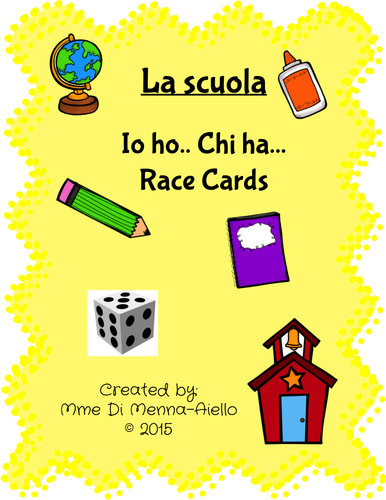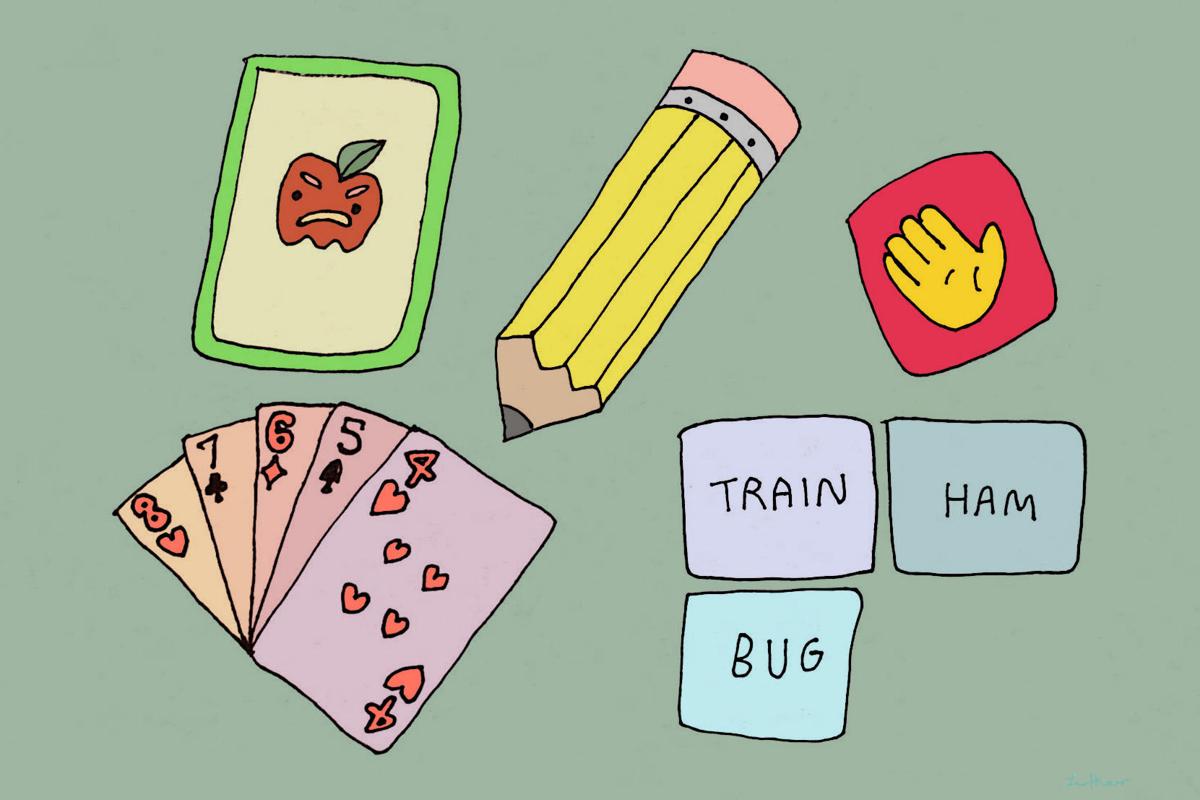Gin Rummy Rules
Play Cards Io Cards Against Humanity
- Combat Strike 2. There are dozens of ways to play cards for one (or, yes, sometimes two as well.
- Nov 23, 2020 The genius of PlayingCards.io is how simple and intuitive it is. Want to play cards with friends? Just set up a table, send the link to your friends, and then let everyone use their mouse to drag cards around the screen and turn them over.
- Board Game Arena. Sliding into first place is Board Game Arena: a fairly simple-looking site with a.
Gin Rummy is a member of the Rummy family of games. As with most games there are plenty of variations out there, so the game might not be exactly like you play it or have different points for some things. Below I'll explain the rules we use on this site. I'll start by explaining a few basic concepts, and then go over the gameplay and scoring of the game.
Want to play.io Games? Play Slither.io, Paper.io 2, Snake.is MLG Edition and many more for free on Poki. The best starting point for discovering.io games.


Basic concepts
- Set: Three or four cards of the same rank, for example H8 S8 D8 or H12 S12 D12 C12
- Run: Three or more cards in sequence in the same suit, for example H1 H2 H3 or C6 C7 C8 C9 C10. Aces are always low, never high, and runs can't wrap around, so Q,K,A,2 would not be a legal run.
- Meld: A word for both Sets and Runs. You might for example have three melds, where two of them are sets and one is a run. Each card can only be part of one set or run, for example if you have an 8 you cannot count it both as part of 8,8,8 and 7,8,9.
- Stock: A deck of facedown cards, in the middle of the table. Players draw one card from the stock in every round.
- Discard pile: A pile of faceup cards, placed next to the stock. Players discard one card onto the pile in every round.
- Deadwood: Any cards in your hand that are not part of a meld.
- Knocking: Ending the round by putting a card face down on the discard pile.
- Gin: When all 10 cards in your hand are parts of melds and you have no deadwood.
- Big Gin: When all 10 cards in your hand and the card you just drew are parts of melds, so you have 11 cards, all in melds.
- Lay off: Adding your deadwood cards to an opponents melds.

Objective
The objective of Gin Rummy is to collect cards into melds and have as little deadwood as possible at the end of a game. The game is scored based on how much deadwood you have at the end of each game. A game can span several rounds, it's over when one player reaches 100 points. At that point grand total for each player is calculated, with bonuses, and the player with the highest score wins the whole game.
Gameplay
Each player gets 10 cards. The remaining deck is put on the table between the players face down, and one card is put face up besides the deck to start the discard pile.

In each turn a player must start by drawing one card. He can either draw the top card from the deck or the top card from the discard pile. Generally you only draw the top card from the discard pile if you know that the card will help you create a meld with some of the other cards in your hand.
Note: In the first turn, the starting player must choose to either draw the face up card in the board or pass the turn. If the card is drawn, proceed normally. If the turn is passed, the other player gets to make the same choice. If they pass too, the first player takes their turn normally.
After the player has drawn a card he must discard one card by putting it face up on top of the discard pile. If the player has drawn the top card from the discard pile at the start of the turn he may not discard that card until his next turn (also, that wouldn't make any sense at all). He may however discard a card he has just drawn from the deck, or any other card he has in his hand.
The game continues like this, with players drawing and discard cards, while they try to build sets and runs in their hand. The round ends when one player knocks, by discarding a card and putting it face down on the discard pile. The player that knocked (the knocker) then shows his melds and his deadwood by putting it face up on the table. The opponent then shows his melds and deadwood. The opponent is allowed to lay off any of his deadwood cards onto the knocker's melds if he can. For example if the knocker had a meld, H1 H2 H3 and the opponent has a H4 as part of his deadwood he can add it to the knocker's meld, and then it won't count as deadwood anymore. The knocker cannot do the same, he can never lay off his deadwood. Additionally, if the knocker has Gin or Big Gin (no deadwood) then the opponent is not allowed to lay off any cards.
Playcardsio
There are some rules for when you can knock. They vary between different versions, but this is how it's done on this site: You may only knock if you end up with 10 or fewer points of deadwood (human cards count as 10, aces as 1 and other cards their numeric values). The card you knock with (put facedown on the discard pile) is not included in that number. So, if you have just drawn and you have 3,5,9 as deadwood you would be allowed to knock with the 9, and then you'd end up with 3+5=8 points as deadwood.
Knocking with no deadwood, i.e. all 10 card in you hands forming melds is called going Gin. Going Big Gin is when you have 11 cards in melds, in which case you can say you have Big Gin and the game ends without you discarding the final card facedown.
The game also ends if neither player has knocked and there are only two cards left in the deck. In that case the hand is a tie, and neither player gets any points.
Scoring

Scoring is based on deadwood and bonuses, the actual melds don't actually count for anything, they're only good to minimize your deadwood.
- Knock points: After all lay offs are made, the knocker scores the difference between his deadwood and the opponents deadwood. For example, the knocker has 3 points of deadwood, and the opponent has 21 points of deadwood, then the knocker scores 21-3=18 points.
- Gin Bonus: If a player gets Gin he gets 25 extra points, added to the knock points he already got.
- Big Gin Bonus: If a player gets Big Gin he 31 extra points, added to the knock points he already got.
- Undercut: If a player knocks but the opponent has less or equal deadwood points, then the opponent gets 25 points plus the difference in deadwood points, and the knocker gets 0 points. However, if the knocker gets Gin there is never an undercut, even if the opponent also has 0 deadwood points.
- Game bonus: After a player has reached 100 points he gets a special game bonus, 100 points, added to his overall score.
- Line bonus or box bonus: This bonus is added at the end of the game, and adds 25 points for each hand won during the game.
- Shutout bonus: If the winner won every hand in the game then the points for each hand are doubled before adding the line bonus. I wasn't sure here how to handle it if someone has won all hands except for ones that end in a tie, so for now I'm requiring that you win all hands and none end in a tie to get this bonus. Let me know if you disagree with this.
Play Io Card Games
And that's it. I'm sure there are plenty of people who prefer other rules, but you can never please everyone and these are the rules I'm going with.